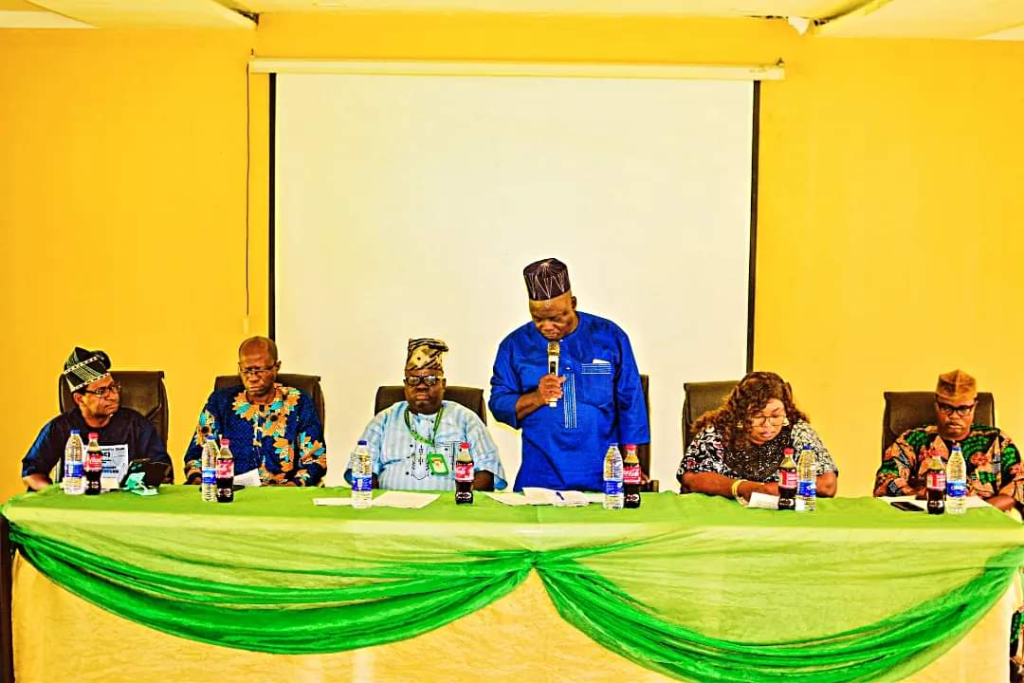The Nigerian Government, through the National Institute for Educational Planning and Administration (NIEPA), has introduced a new initiative to teach mathematics in the Yoruba language.
This effort seeks to enhance learning by using students’ native language and promote cultural relevance in education.
NIEPA hosted a two-day workshop to train educators on teaching early-grade mathematics using Yoruba.
The programme featured experts such as Dr Kehinde Adenegan, Dr Sulaymon Mohammad Raji, Dr Tolu Omiyale, and Folajogun Akinkuowo, who presented sessions on various topics, including the translation of primary school mathematics curricula into Yoruba.

Bodunde Tenabe, NIEPA’s media officer, explained that the workshop builds on similar programmes in northern Nigeria, where Hausa is used for teaching mathematics and literacy.
“Early grade reading (EGR) and early grade mathematics (EGMA) have been in operation in the northern part of Nigeria, where Hausa is being used in schools. So, why can’t we embrace and sustain what we have in our own part of the world?
“Also, implementation of teaching mathematics in early grade mathematics, developing and lesson planning of mathematics topical contents in Yorùbá, the importance of indigenous language in education, the role of language in teaching, understanding leadership instruction, and supporting teachers in early grade mathematics were discussed,” he said.
Participants also explored how language influences teaching and discussed lesson planning, leadership in education, and methods for supporting teachers in early-grade mathematics.
Dr Adenegan, who uses drama to teach maths, stressed the need to use local resources to improve classroom instruction.
“It’s high time we leveraged our indigenous resources to enhance classroom instructions and make teaching-learning effective, with language choice being a crucial factor,” he said.
NIEPA added that the programme seeks to make mathematics education culturally relevant, promote bilingual education by integrating Yoruba language and culture, and create inclusive learning environments.
It also aims to help students understand mathematical concepts better within their cultural context.


